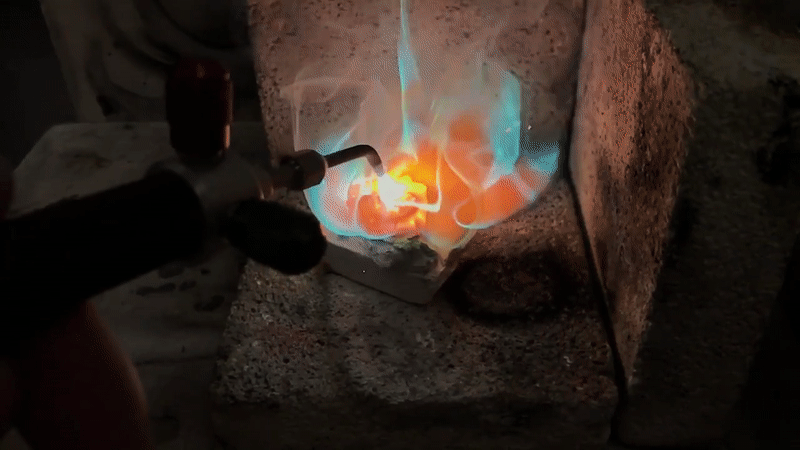john.k
Diamond
- Joined
- Dec 21, 2012
- Location
- Brisbane Qld Australia
I dont see how the OP could overheat to zinc volitalization temp.......this is near white heat ,and generally leaves a copper coloured braze.............incidentally,overheated braze also adversely affects steel,and makes the steel very brittle and weak.............this effect is well known in the bicycle industry from the 1890s.onward....................anyhoo,he says the brass is leaded,so lead volitalization is more likely...............Ive also had problems brazing with petroleum gas ,it contains a greasy residue ,and braze that wont flow flashes all over when the flame is shielded from the work.


